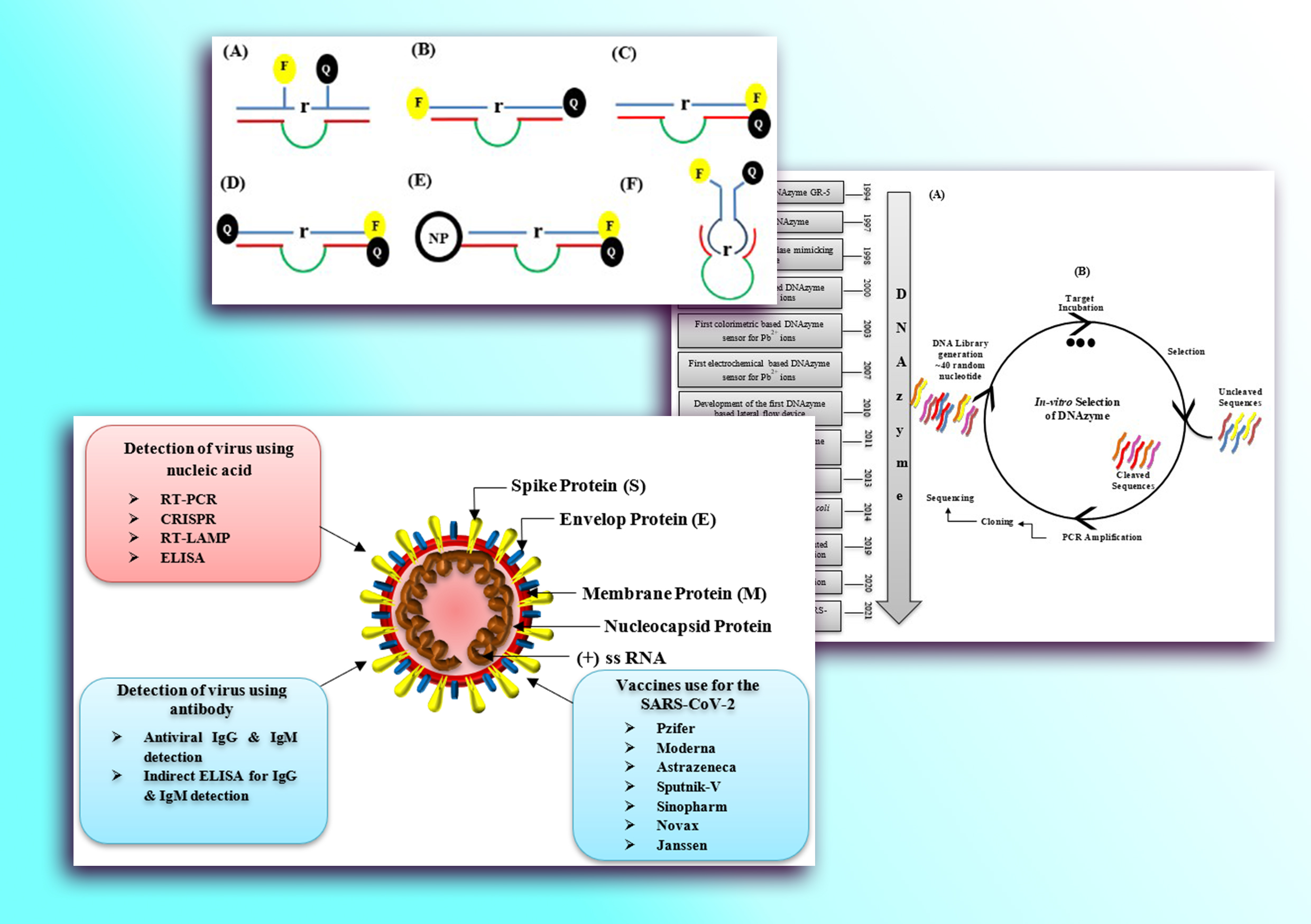SARS-CoV-2 Detection by Functional Nucleic Acids – A Review
##plugins.themes.academic_pro.article.main##
Abstract
Nowadays, rapid and accurate detection of SARS-CoV-2 is a challenging task due to its mutations. Therefore, scientists are developing novel methods to detect and prevent the spread of SARS-CoV-2 more effectively using different biomolecules. The current review mainly focuses on briefly describing the functional nucleic acids (FNA), in-vitro selection of FNA, and development the FNA-based biosensors and assays to detect SARS-CoV-2 infection and a summary of how these FNA are used to detect different targets effectively. Even though gold standard analytical methods are available to detect virus infections, and microorganisms, more specifically, those methods involve time-consuming, complicated sample pre-treatment and sophisticated instruments. Functional nucleic acid (FNA)-based sensors emerged as an alternative due to the benefits of non-destructive rapid analysis with in situ and real-time detection with high sensitivity and selectivity.

